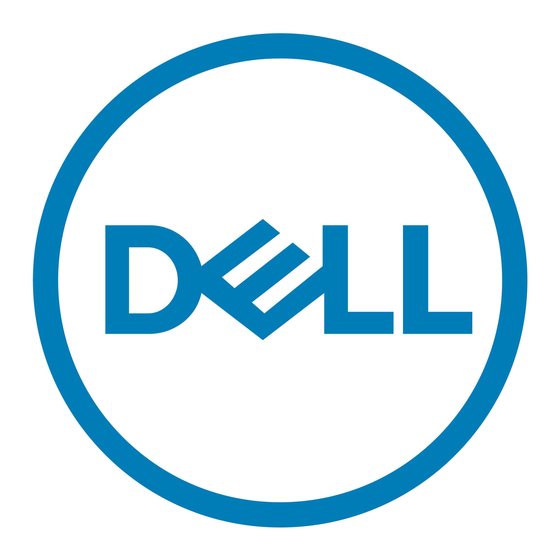NOTICE:
When you disconnect a cable, pull on its connector or on its strain-relief loop, not on the cable
itself. Some cables have a connector with locking tabs; if you are disconnecting this type of cable, press
in on the locking tabs before you disconnect the cable. As you pull connectors apart, keep them evenly
aligned to avoid bending any connector pins. Also, before you connect a cable, ensure that both
connectors are correctly oriented and aligned.
NOTICE:
To avoid damaging the computer, perform the following steps before you begin working inside
the computer.
1
Ensure that the work surface is flat and clean to prevent the computer cover from being
scratched.
2
Turn off your computer (see page 1).
NOTICE:
To disconnect a network cable, first unplug the cable from your computer and then unplug it
from the network wall jack.
3
Disconnect any telephone or telecommunication lines from the computer.
4
Disconnect your computer and all attached devices from their electrical outlets, and then
press the power button to ground the system board.
NOTICE:
To connect a network cable, first plug the cable into the network wall jack and then plug it into
the computer.
5
Remove any installed PC Cards from the PC Card slot.
6
Close the display and turn the computer upside down on a flat work surface.
NOTICE:
To avoid damaging the system board, you must remove the main battery before you service the
computer.
7
Slide and hold the battery-bay latch release on the bottom of the computer, and then remove
the battery from the bay.
Hard Drive
CAUTION:
If you remove the hard drive from the computer when the drive is hot, do not touch the metal
housing of the hard drive.
CAUTION:
Before working inside your computer, follow the safety instructions located in the Product
Information Guide.
NOTICE:
To prevent data loss, turn off your computer before removing the hard drive (see page 1). Do
not remove the hard drive while the computer is on, in standby mode, or in hibernate mode.
NOTICE:
Hard drives are extremely fragile; even a slight bump can damage the drive.
NOTE:
Dell does not guarantee compatibility or provide support for hard drives from sources other
than Dell.

